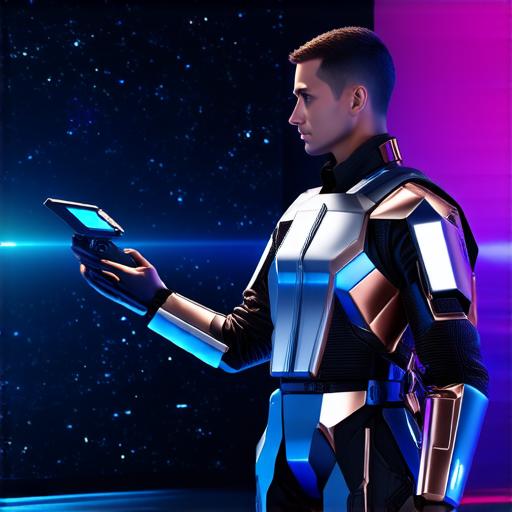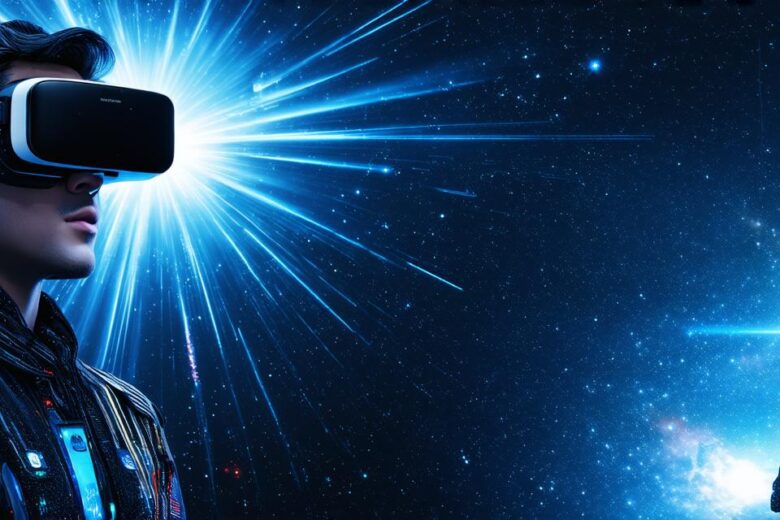In recent years, augmented reality (AR), virtual reality (VR), and mixed reality (MR) have become increasingly popular technologies. These immersive experiences offer users the ability to interact with digital content in a whole new way.
What is Augmented Reality (AR)?
Augmented reality refers to the addition of digital content, such as images or videos, onto the real world. This can be done using a smartphone or tablet, as well as specialized AR glasses or headsets. AR allows users to view and interact with digital content in their physical environment, without having to fully immerse themselves in a virtual world.
AR has a wide range of applications in fields such as marketing, education, and entertainment. For example, AR can be used to create interactive product demonstrations or educational materials that come to life when viewed through a smartphone or tablet. AR is also used in gaming, where players can interact with digital objects in their physical environment.
What is Virtual Reality (VR)?
Virtual reality refers to the complete immersion of a user into a simulated environment. This can be achieved using VR headsets or specialized goggles that track the user’s movements and adjust the environment accordingly. In VR, users are completely cut off from the real world and can interact with digital content in any way they desire.
VR has a wide range of applications in fields such as entertainment, gaming, and education. It is often used to create highly immersive simulations that allow users to experience things they may not have access to in real life. For example, VR can be used to simulate space travel or explore ancient ruins without leaving the comfort of one’s own home.
What is Mixed Reality (MR)?

Mixed reality refers to a combination of AR and VR technologies that allow users to interact with both digital content and their physical environment at the same time. MR can be achieved using specialized MR glasses or headsets that track the user’s movements and adjust the environment accordingly.
MR has a wide range of applications in fields such as entertainment, gaming, and education. It allows users to experience immersive digital content while still maintaining a connection to their physical environment. For example, MR can be used to create interactive product demonstrations that allow users to view and interact with the product in real life.
In conclusion, AR, VR, and MR are all technologies that offer users the ability to interact with digital content in unique and immersive ways. While they share some similarities, they also have distinct differences in terms of how they are used and experienced. Whether you’re looking for an immersive gaming experience or an interactive educational tool, AR, VR, and MR all offer something unique and exciting.
